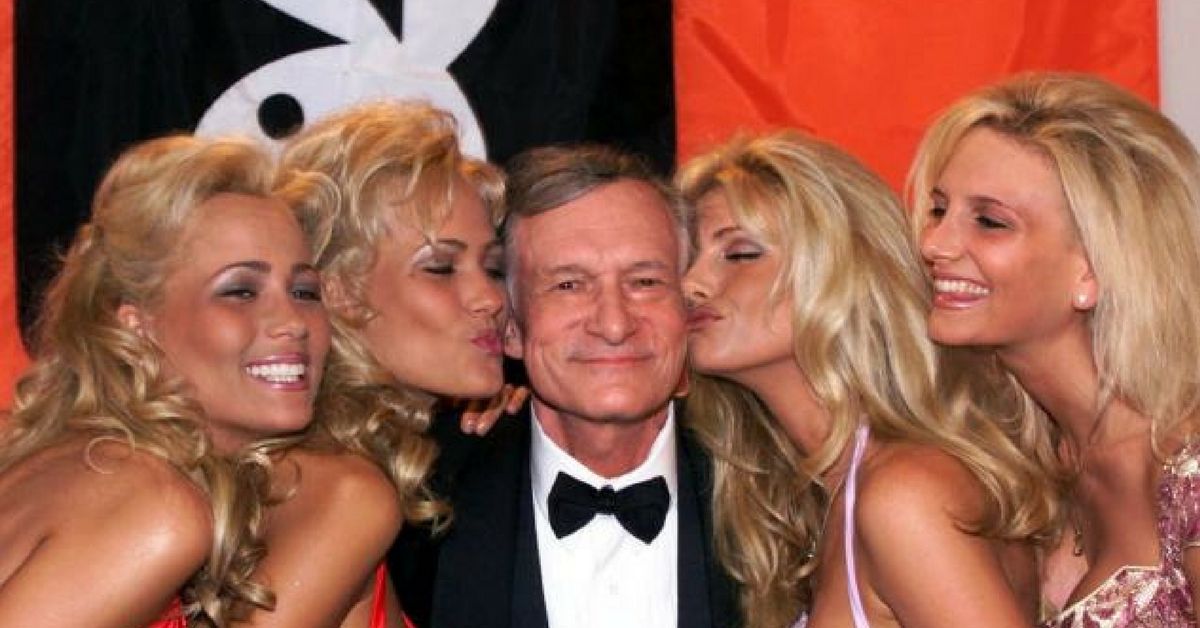Hugh Hefner. The name itself is synonymous with sex, beautiful women, and the envy of men across the globe. When he was born to parents Glenn and Grace Hefner in Chicago, on April 9, 1926, no one would have any idea that they had just birthed a man that would help spark and sustain the sexual revolution.
It wouldn't be until he was 27-years-old that he launched the magazine and brand that would end up making him a very wealthy man. But when Playboy hit the shelves for the first time in December 1953, not only did it help spark the the change in culture in regard to sexuality, it would also help cement Marilyn Monroe as one of Hollywood's most iconic sex symbols, ever.
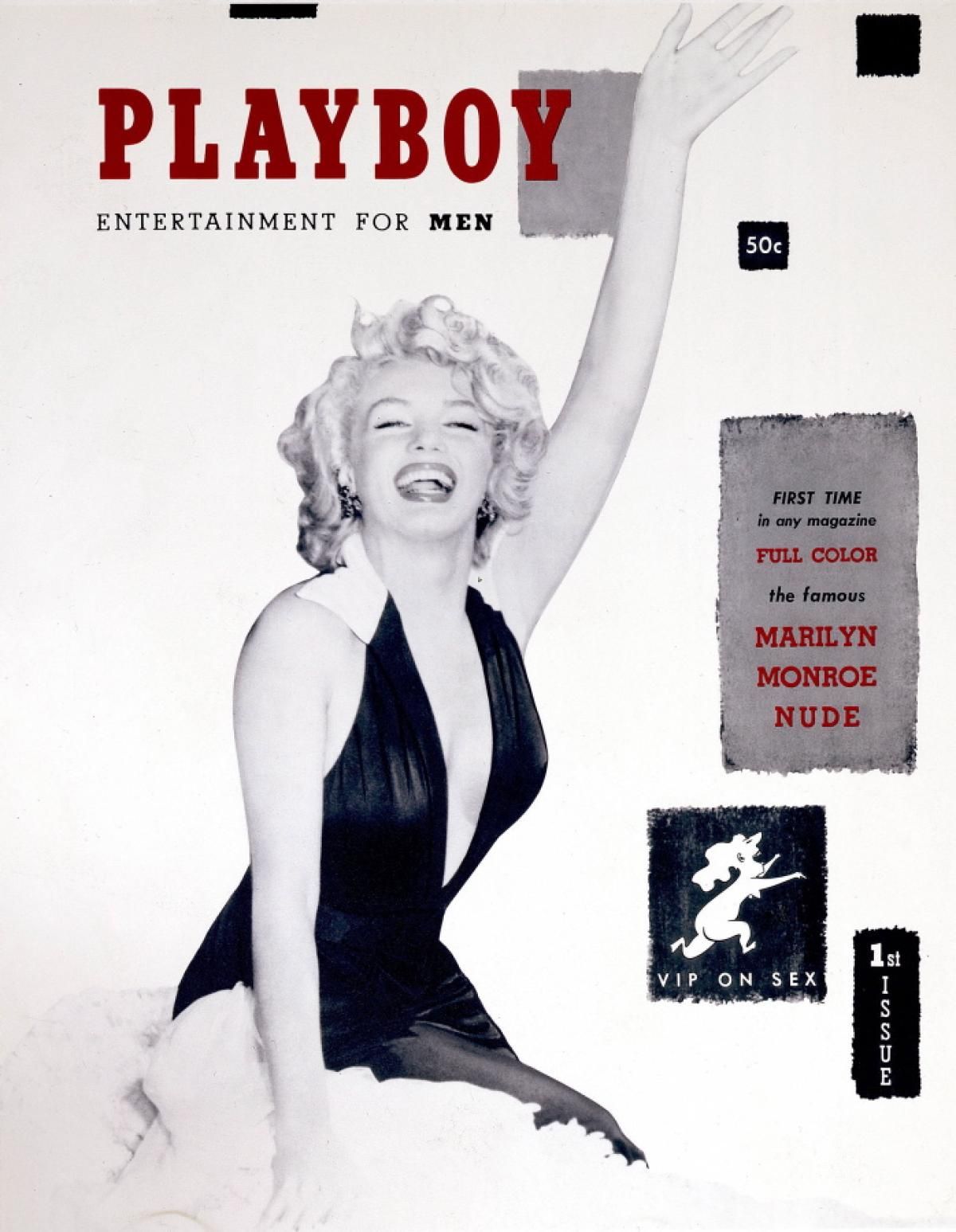
Hef was a man on a mission from a young age, and a lot can happen in 27 years, and the years leading up to his brilliant idea are just as important as the years afterwards, living in the Mansion.
Even when he was in high school, there were clear signs that Hef was meant to go onto bigger and better things.
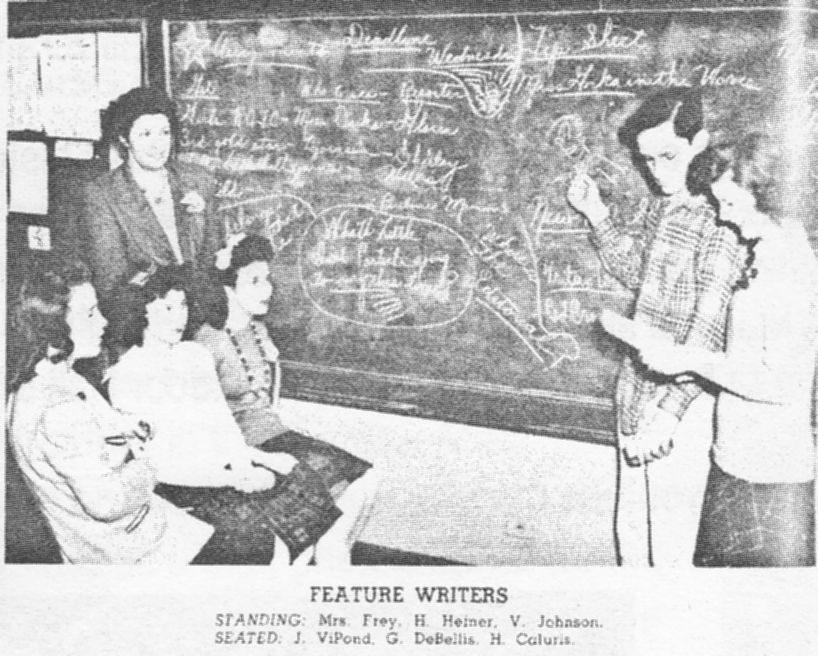
His teachers described his academic performance as "modest," but according to reports, Hef had an IQ score over 150, which for those that don't know, puts him well above the majority of people in this world. In fact, his score was starting to flirt with genius level intellect.
While he was a student at Steinmetz High School, he ended up becoming the president of the school's student council, and he even helped found the school's first newspaper, a clear sign of his journalistic abilities and dreams. He even tried his hand at comics, creating his own comic book, School Daze.
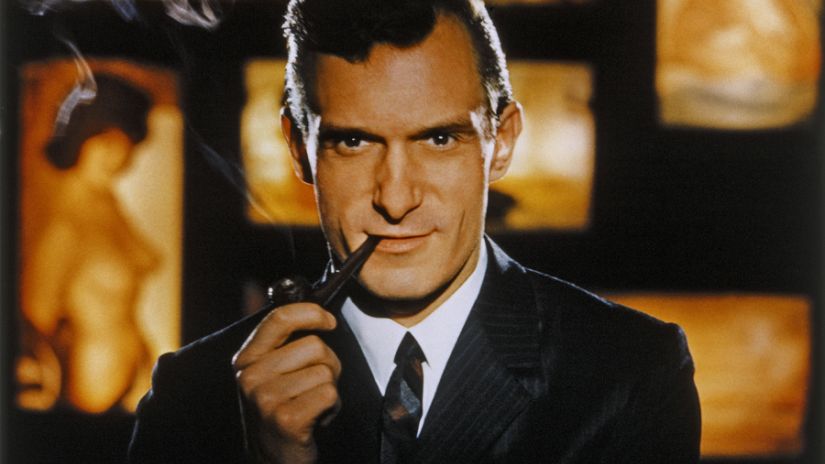
In fact, he was still funding his old high school newspaper right up until the time of his death.
Hefner's journey was a real "follow your dreams" type of story, which grew out of an idea before it flourished into what we know today as Playboy.
After high school, he decided that it was his turn to serve his country, and towards the end of World War II, that is just what he did, serving in the army between 1944 and 1946.
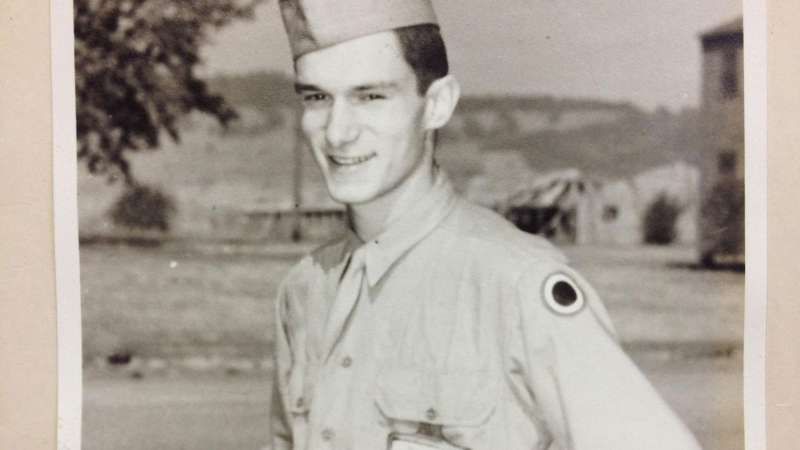
He served as a noncombatant during his two years in the army before being discharged. Once he was out of uniform, he decided to continue his education, which also took him down a few different paths.
His first educational stop was at the Chicago Art Institute, where he spent a summer studying before deciding to enroll at the University of Illinois, majoring in psychology. He earned his bachelors degree in only 3 years, but didn't stop there. He wound up doing one semester of graduate work in sociology, working out of the sex research institue that had been founded by Alfred Kinsey.
It was also at this time that he would meet his first wife, Mildred Williams.
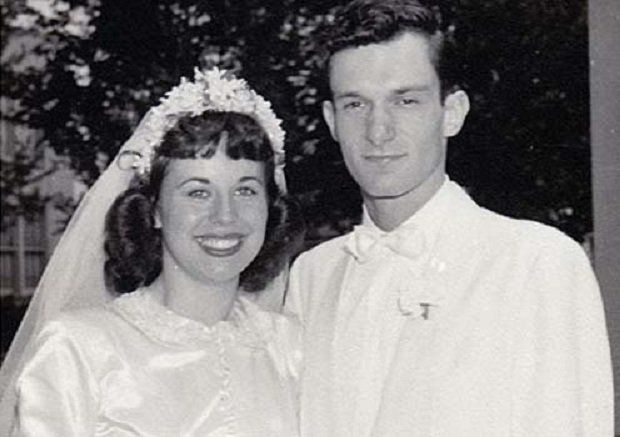
A little over one year out of school, Hefner found work as a copy-writer for the renowned Esquire magazine. It was a great start to his career, as Esquire was known for publishing pieces written by iconic writers like Ernest Hemingway and F. Scott Fitzgerald.
When the magazine was moving to New York City, he decided to leave the publication after he was denied a mere $5.00 raise. This would turn out to be one of the most important decisions of his life. Had he gone to New York and continued to work for Esquire, it is highly likely that the world would have never been introduced to Playboy.
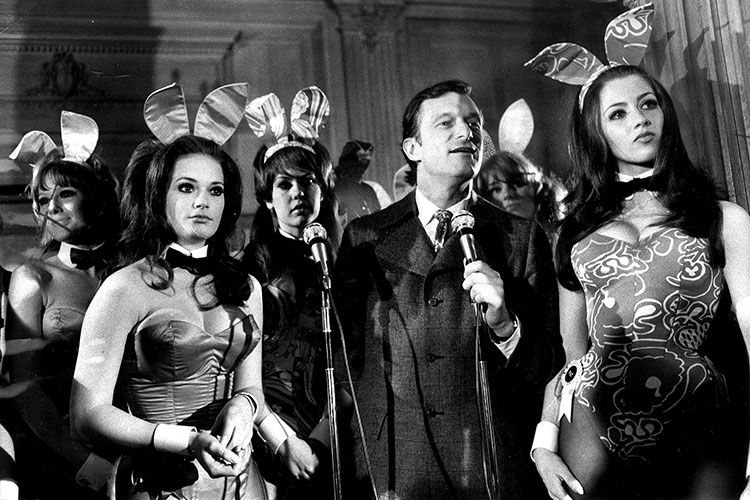
Hef was hell-bent on starting is own publication, specifically one for men. In the early 50s, he raised over $8,000 from a total of 45 investors (who didn't realize just how good of an investment they were making at the time), including a massive $2,000 from his mom and brother.
The first issue of the one of the most iconic magazines in history was put together and published from the kitchen table of Hefner's kitchen table in south side Chicago.
Did you know that Playboy, wasn't always going to be called Playboy? Hefner's first attempt at branding his publication fell short due to what would have become a legal battle for copyright infringement.
Hefner originally wanted to name his magazine "Stag Party," but he quickly changed that idea because Stag magazine already existed. A legal battle for a fledgling magazine would have been a death blow to his dreams. A friend of his suggested that he go with Playboy (which had been the name of a old car company). He loved it because he felt like the name was somewhat synonymous with higher living mixed with sophistication.
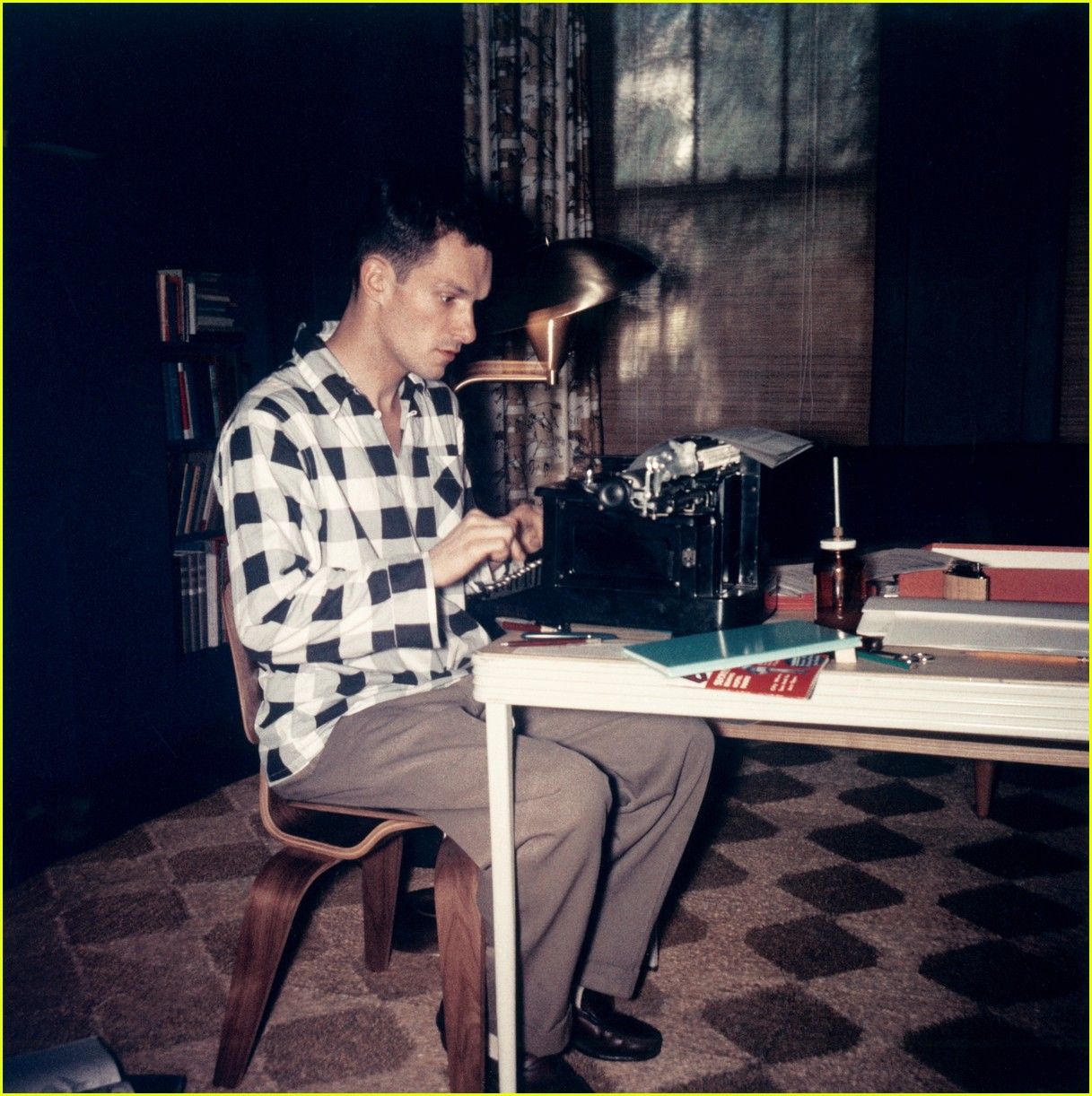
Marilyn Monroe was already on her way to stardom at the time of the release of Playboy's first issue in December 1953, so how did Hefner manage to make her the magazine's inaugural centerfold? Well, he purchased a nude picture of Monroe that had been taken some years prior, and stuck it in the magazine, which was a good move.
When Playboy was first published, there was no date listed on the cover because Hef was unsure if there would even be a second issue. He had put all of his eggs in one basket hoping on hope that the magazine would be successful. And boy was it.
That first issue sold over 50,000 copies across the United States, and literally became an "overnight" sensation.
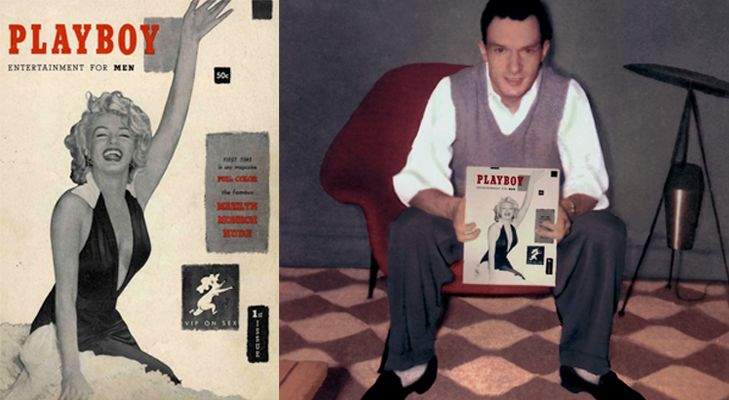
After three decades of war, and an age of near sexual repression, Playboy was exactly what America needed to help combat the stagnation that the citizens had been dealing with. Sure, it had its share of detractors right way, who claimed that it was nothing more than a pornographic magazine, but they were quickly silenced as Playboy started adding more to its editorial catalog, and even its "classy" layout.
Why a bunny wearing a bow tie though?
Why do you think a magazine that made its mark helping to crush the sexual repression of Americans during the 1950s would use a bunny rabbit as the base for their logo? Well, it's exactly as you would assume. Rabbits are well known for the fornicating habits, and Hef thought this was a humorous way of portraying the magazine. Also, the he thought the logo was "frisky and playful."
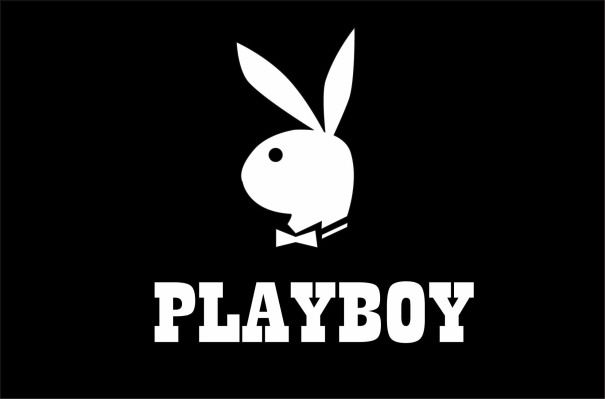
Even if you didn't know what the logo stood for, you have definitly seen it at least once throughout your life. If not on a wall poster, or bumper sticker, then you have for sure seen it permanently inked onto someone's skin. It became, and still is, a wildly popular tattoo for both men and women.
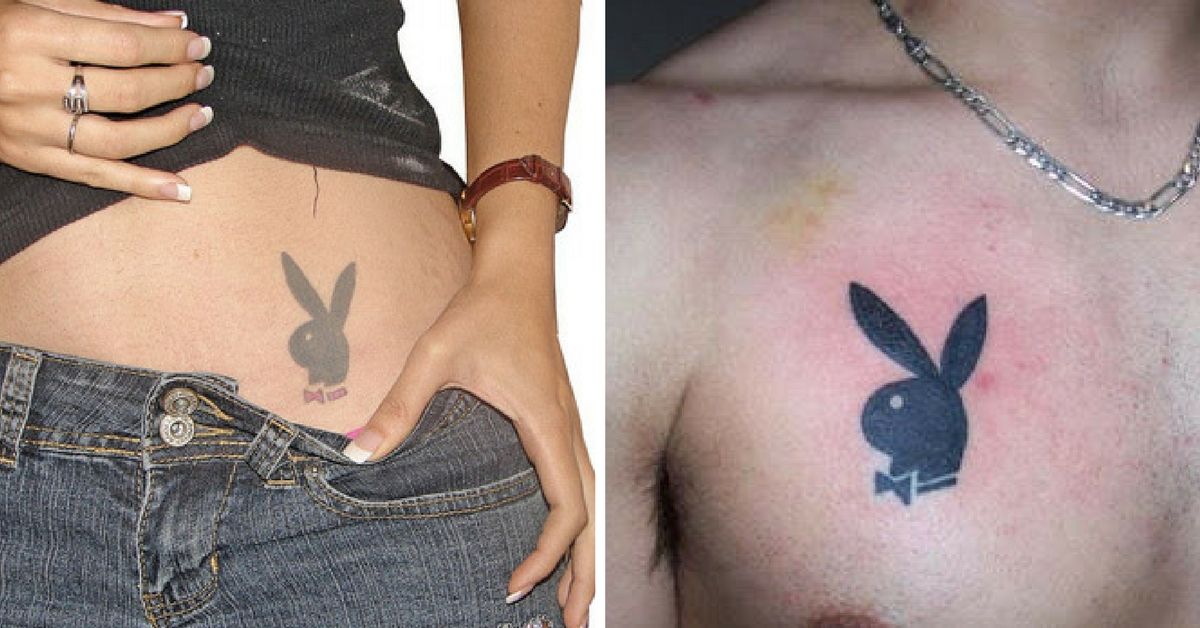
In the 1960s, Hefner used a series of 25 editorial pieces in order to publicize the "Playboy Philosophy," where he took a stand on what he thought about politics, governance, and even the truth about human sexuality. It was hard to argue with, because, even though the editorial pieces were the highest quality, and well read by most of Playboy's readership, it was never lost on the man in charge that it was the naked pictures of beautiful women that were responsible for selling his magazine.
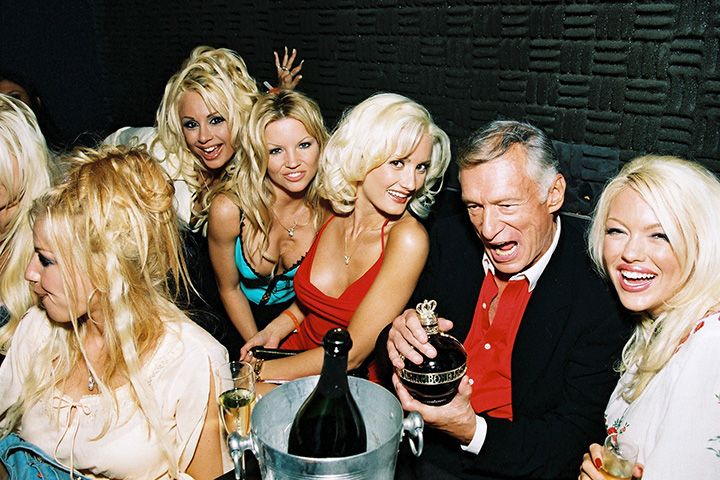
Nothing seemed to stop Hefner from doing what he wanted, and doing what he thought was right. He was a pioneer in more ways that you think.
In the 1960s, Hef branched out with the Playboy brand, opening a series of private clubs, that were completely racially inclusive in a time where segregation was still rampant across the United States. He was a huge supporter of the civil rights movement, and was not shy about saying so. Playboy was also the first mainstream magazine to feature a black model by herself on the cover.
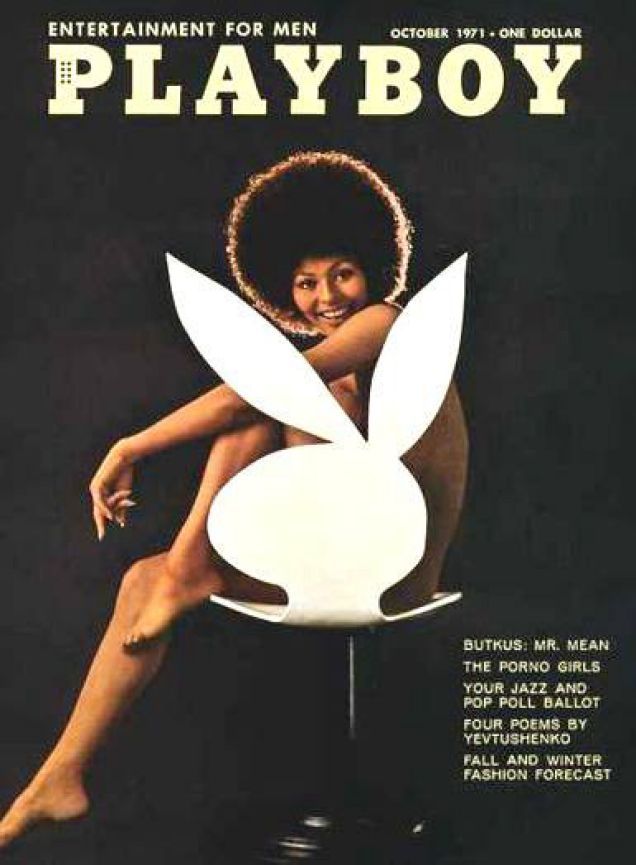
Darine Stern accomplished the feat in the October 1971 issue. Jean Bell was the fist black model to grace the cover in early 1970, but she was accompanied by four white women.
Hefner faced a criminal charge in 1963 for selling "obscene literature" when the magazine included naked pictures of Hollywood superstar Jayne Mansfield. The jury couldn't come to a verdict, and the charges were eventually dropped. This moment started Hefner's crusade against censorship.
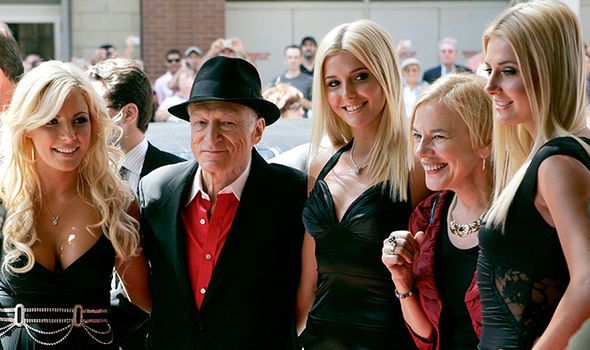
The following year, in 1964, Hefner founded the Playboy Foundation, whose goal it was to fight censorship, as well as to fund research into human sexuality. In 1993 he gave the University of Southern California $100,000 in order to fund their "Censorship in the Cinema" course, and went on to donated another $2 million to their film school in 2007.
He became another individual who not only did what he wanted to do, but when he believed in what he was doing or saying, he happily put his money where his mouth was.
When Hefner passed away on September 27, 2017 at the age of 91, he left behind a legacy that will likely go down as one of the most polarizing people in history. He made a living on sex, and the beauty of naked women.
Some will call him a misogynist and a sexist. Others will call him a visionary and a philanthropist. But whatever you want to call him, or how you want to remember his life's work and legacy, there is one fact that cannot be disputed. Hugh M. Hefner changed the landscape of American sexuality. He helped break us from the monotony and repression of the 20s, 30s, and 40s so that people could grow to be who they wanted to be, doing what they wanted with who wanted.
He is buried in the plot directly next to Marilyn Monroe, and some would say that he is now in a better place. Based on how he lived his life, some might also say that there is no better place anywhere that could beat the way he lived his life.
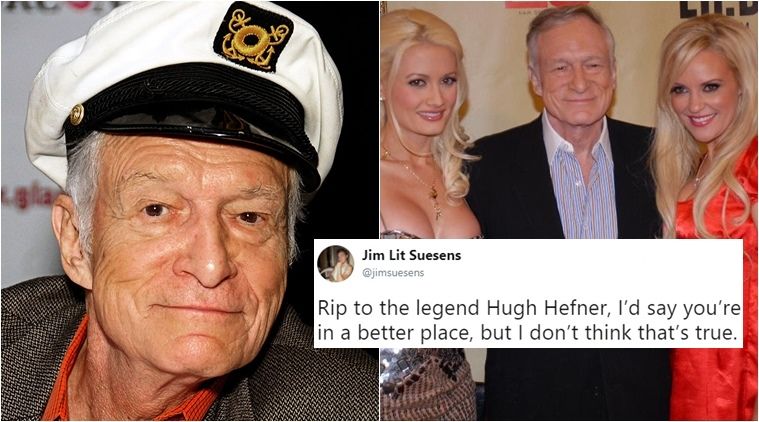
RIP Hef.
